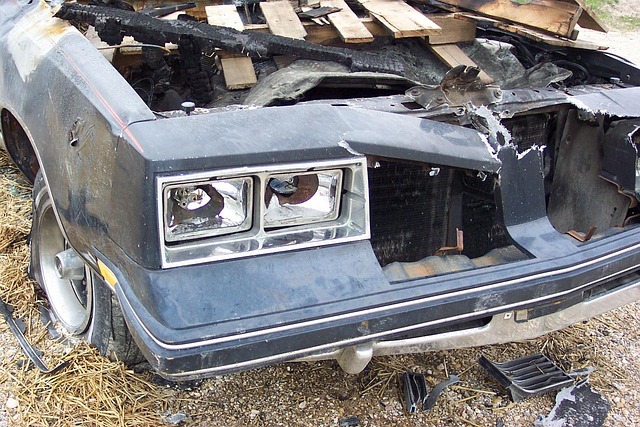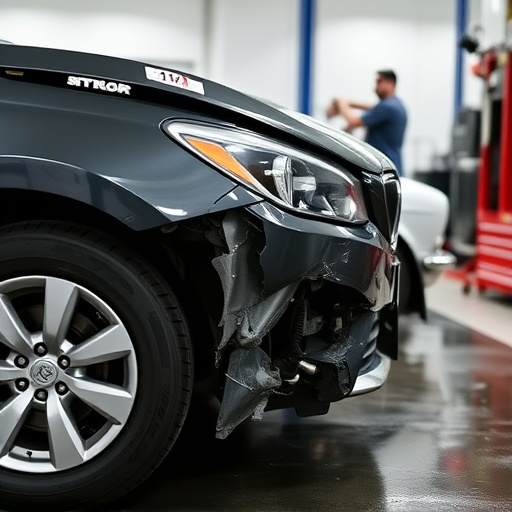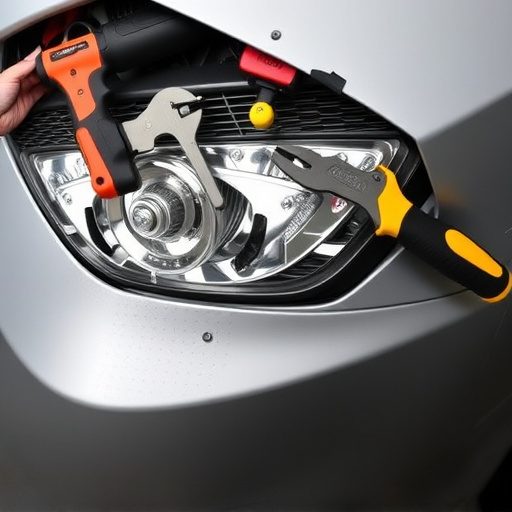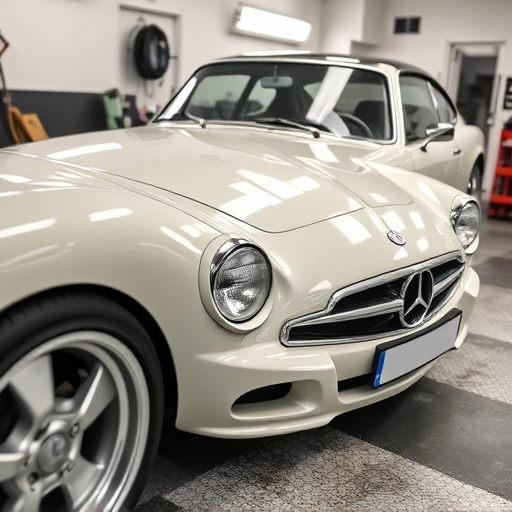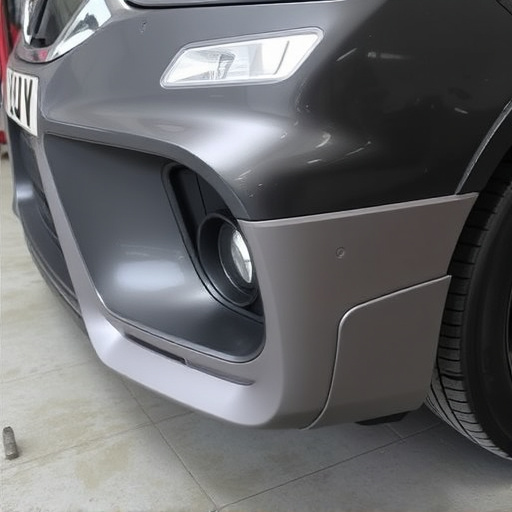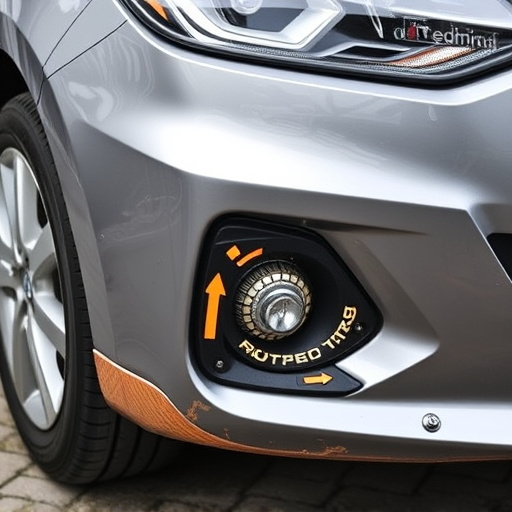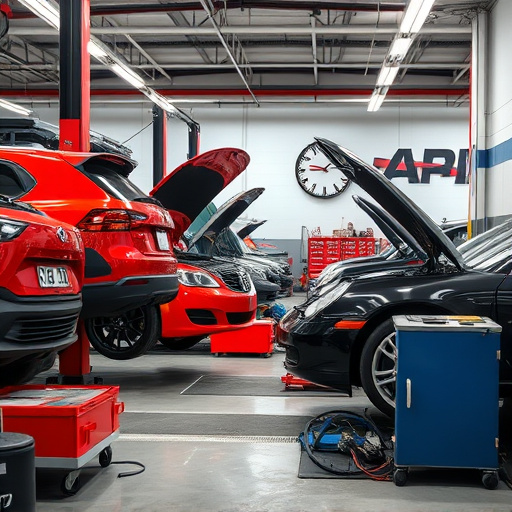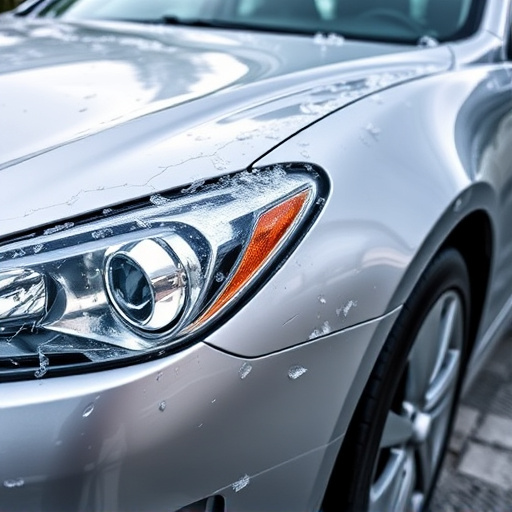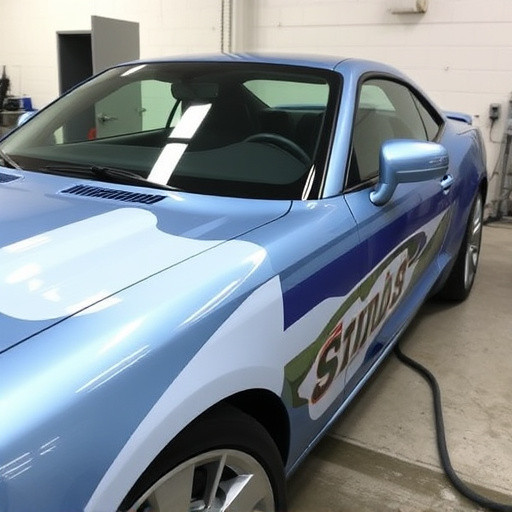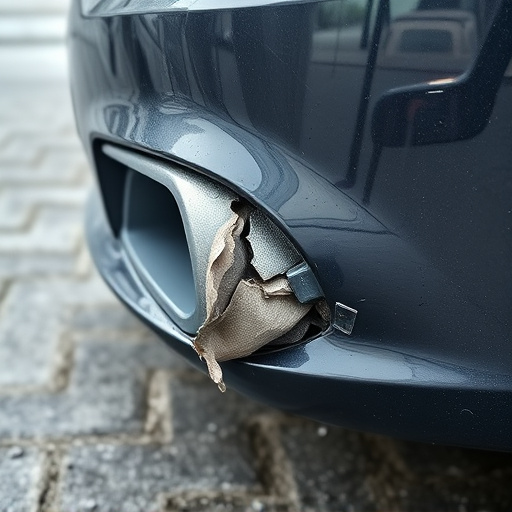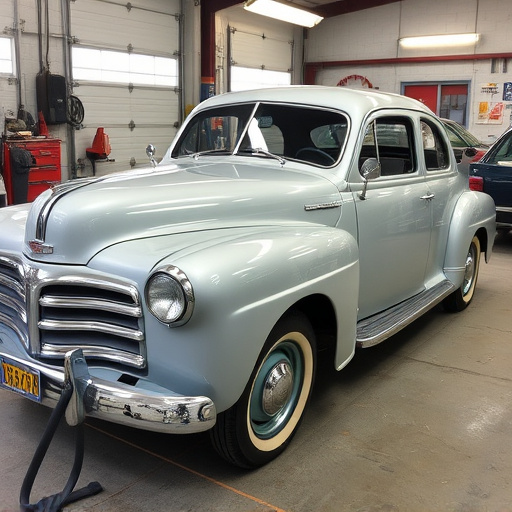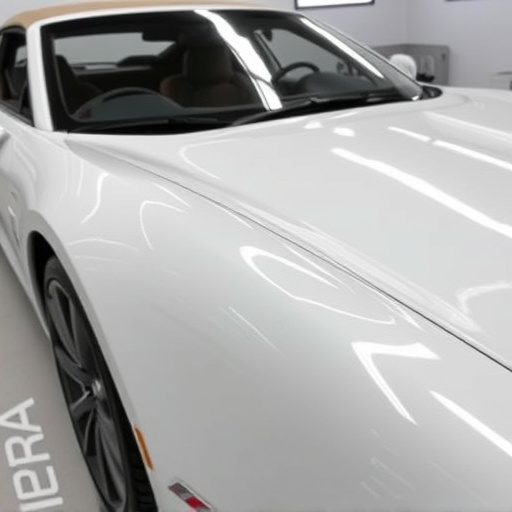Post-repair insurance inspection is a critical process ensuring repairs meet industry standards and protecting policyholder rights. It prevents fraud, maintains vehicle value, serves as quality control, streamlines claims, reduces disputes, and fosters trust among all parties involved, ultimately benefiting both policyholders and insurers through accurate coverage and quicker claim settlements.
Post-repair insurance inspections are an essential step in ensuring comprehensive coverage and peace of mind. After a repair or renovation, these thorough checks verify that the work meets quality standards and identifies potential issues hidden from initial inspection. This article delves into the necessity of post-repair insurance inspections, highlighting their key benefits and best practices for effective implementation, empowering policyholders to protect their investments wisely.
- Understanding Post-Repair Insurance Inspection Necessity
- Key Benefits of Post-Repair Insurance Inspection
- Effective Practices for Conducting Post-Repair Inspections
Understanding Post-Repair Insurance Inspection Necessity
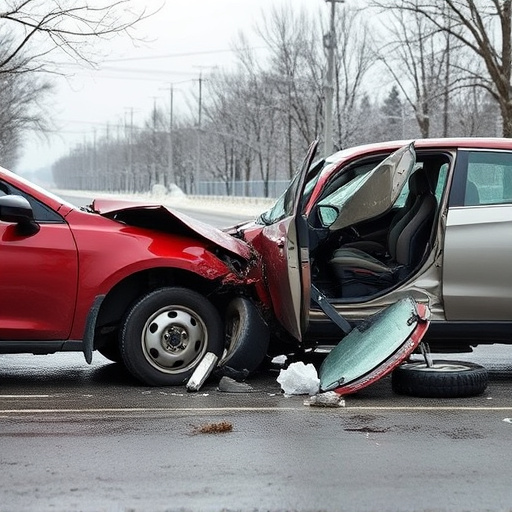
Post-repair insurance inspection is a crucial step that ensures your vehicle’s condition after any maintenance or repair work. It serves as a bridge between the car repair shop and the insurance provider, offering a detailed assessment of the repairs made. This process becomes even more vital when it comes to significant renovations like classic car restoration or addressing intricate issues such as car scratch repair.
By conducting these inspections, insurance companies can verify that the repairs were performed correctly and according to the stated scope of work. It protects both parties involved, ensuring the policyholder receives fair compensation for their repairs while preventing fraudulent claims. This practice is essential in maintaining the integrity of insurance policies, especially when dealing with substantial expenses related to car repair or restoration services.
Key Benefits of Post-Repair Insurance Inspection
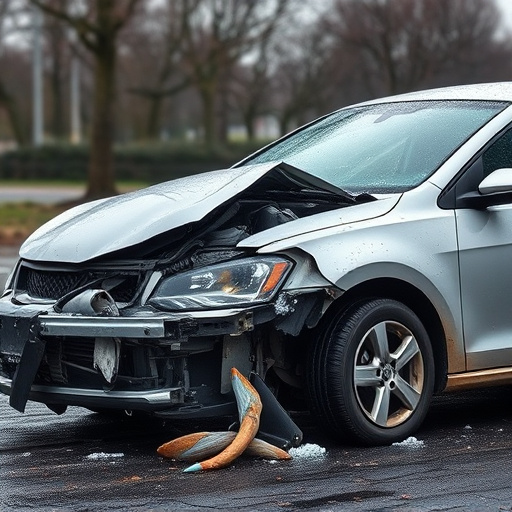
Post-repair insurance inspection plays a pivotal role in ensuring that repairs are done accurately and to industry standards. This critical process offers several key benefits for both policyholders and insurers. One of the primary advantages is the prevention of future damage or issues. By conducting thorough inspections after auto body repair or collision repair, any subpar work can be identified and rectified promptly, saving owners from potential safety hazards and costly additional repairs.
Additionally, post-repair insurance inspection helps maintain the value of luxury vehicles. The meticulous assessment ensures that every detail is accounted for, preserving the vehicle’s aesthetic appeal and resale value. This process also acts as a quality control measure for garages, fostering trust between repair facilities, policyholders, and insurers. Ultimately, it streamlines the claims process, reducing disputes and facilitating faster settlement.
Effective Practices for Conducting Post-Repair Inspections
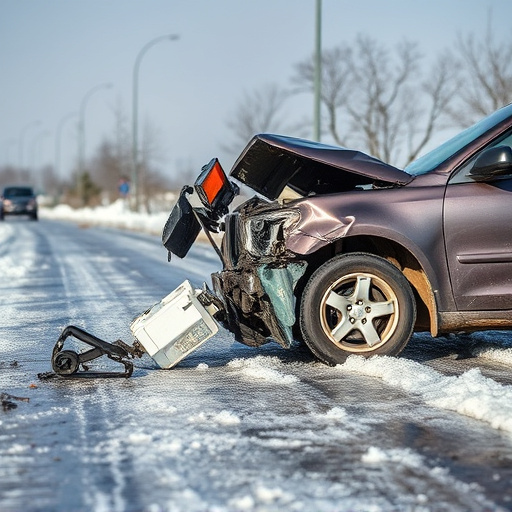
Conducting thorough post-repair insurance inspections is paramount to ensuring accurate coverage and minimizing disputes for both policyholders and insurers. Here are effective practices to streamline this process:
Begin by thoroughly reviewing the repair work, verifying that all listed items in the estimate were completed as specified. For automotive restoration or vehicle paint repair projects, scrutinize the color match, finish quality, and overall aesthetics. Major components such as engine, transmission, and electrical systems should be tested for proper functioning to rule out any hidden damage. Documenting the inspection process through detailed photographs and notes provides a clear record for future reference, facilitating quick claim settlements if necessary.
A post-repair insurance inspection is not just an additional step but a vital process that ensures comprehensive coverage and protects both policyholders and insurers. By thoroughly evaluating repairs, these inspections help identify potential issues, prevent future damages, and ensure compliance with safety standards. Embracing effective practices for conducting these inspections is crucial for maintaining trust, reducing claims disputes, and fostering a culture of responsible ownership. Thus, recognizing the necessity and embracing the benefits of post-repair insurance inspection can significantly enhance the overall value of homeownership.
